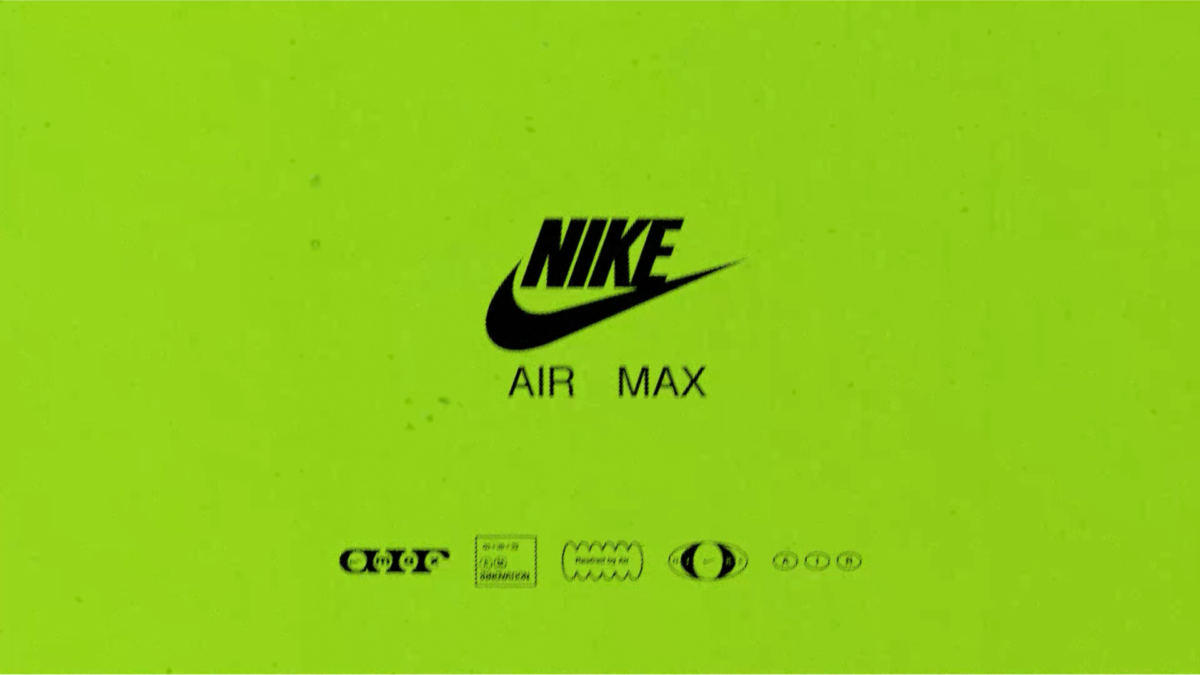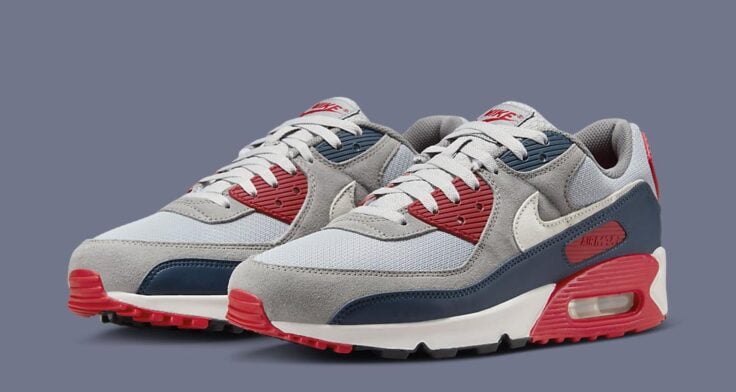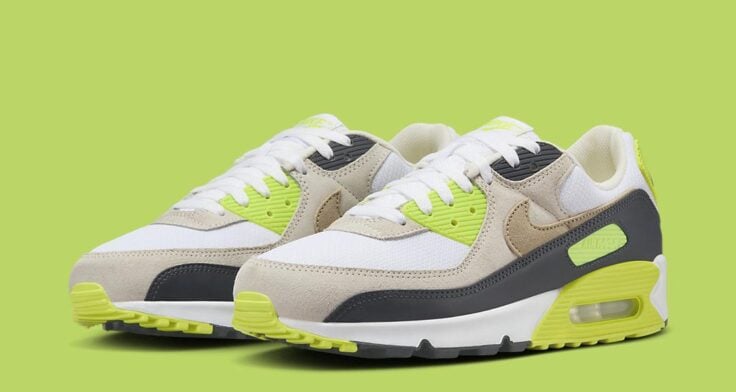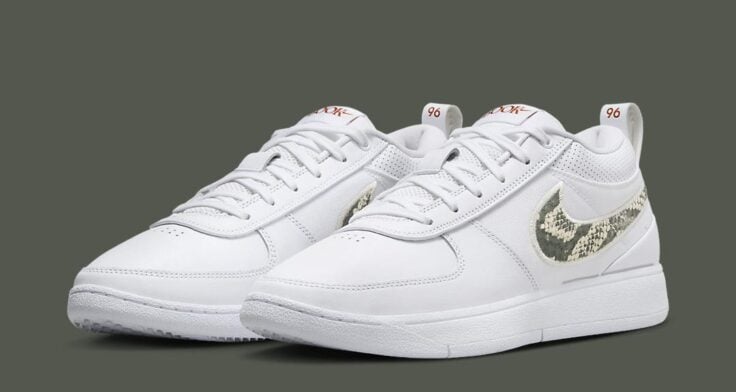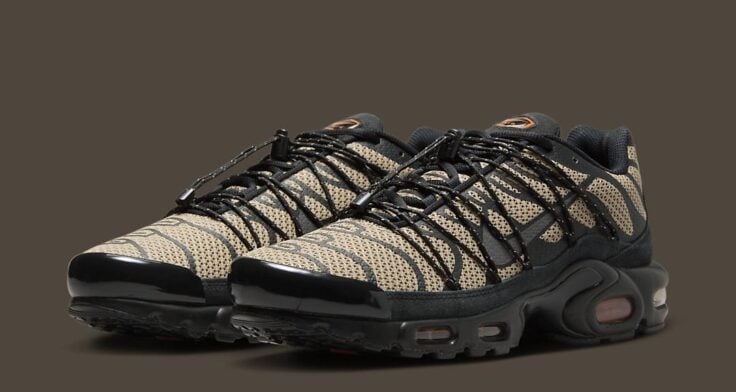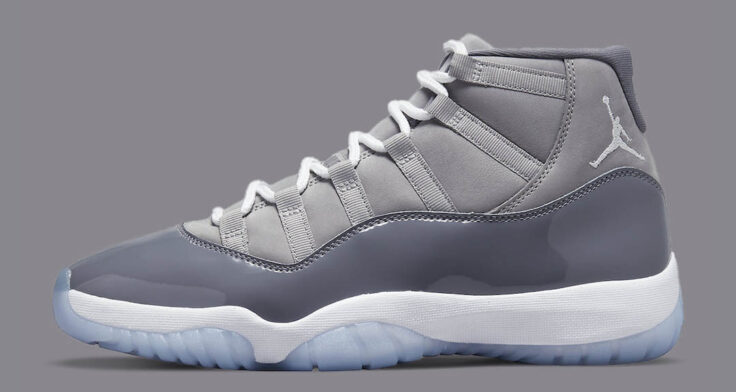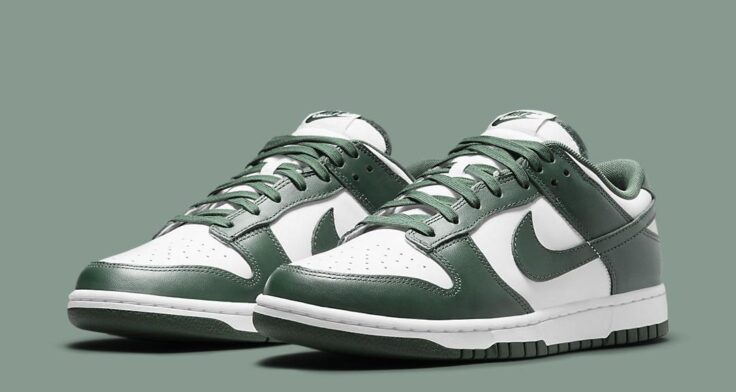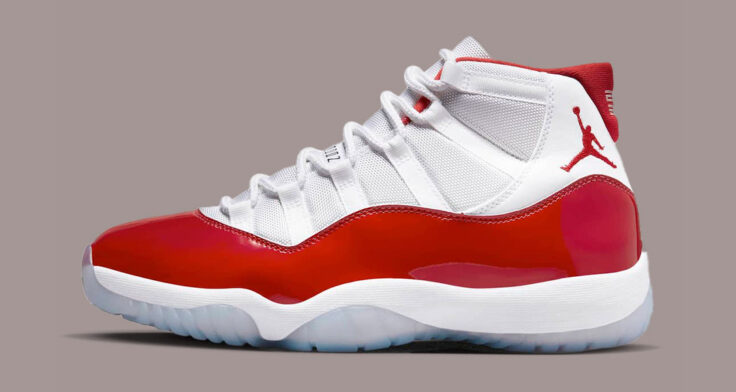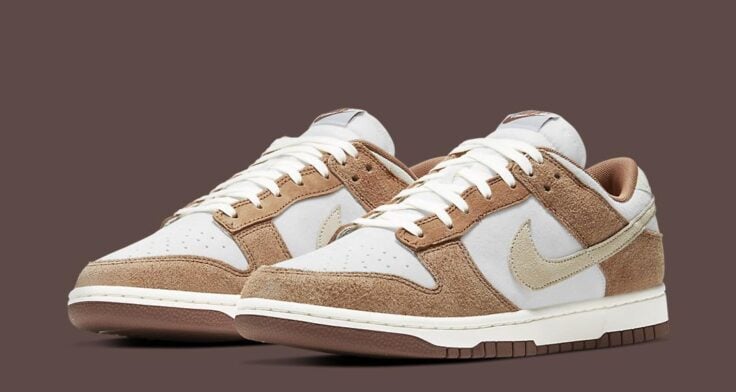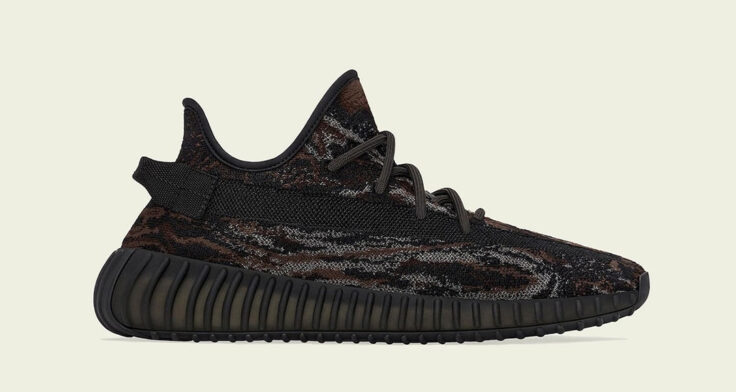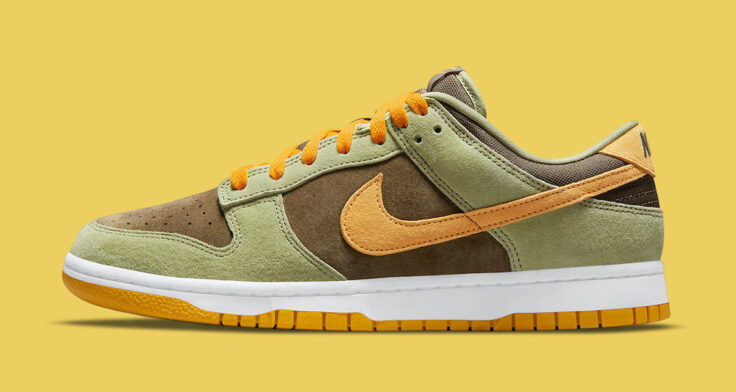Introduction to Nike Air Max and Its Cultural Significance
Nike Air Max isn’t just a shoe; it’s a cultural phenomenon. Born from the mind of Tinker Hatfield, these kicks broke the mold in 1987 with a bold design move: visible air bubbles. This wasn’t just a fashion statement, it allowed runners to see the technology at work. But the Air Max impact goes deeper, transcending sports and embedding itself in the fabric of hip-hop, street fashion, and art. These shoes aren’t just worn; they’re collected, celebrated, and inspire fierce loyalty and nostalgia. From hip-hop icons name-dropping them in lyrics to sneakerheads camping out for the latest drop, Nike Air Max represents more than just footwear – it symbolizes an enduring legacy that continues to shape sneaker culture today.

Nike Air Max 1: The Icon That Started It All
So, we’re talking about the Nike Air Max 1, right? This is where everything kicked off. Launched back in 1987, it was the very first to flaunt that visible Air unit in the heel, a bold move by designer Tinker Hatfield. This wasn’t just another sneaker; it was a revolution. The Air Max 1 wasn’t shy about what made it special, and it’s what gave folks that walking-on-air feeling—quite literally. With a design inspired by the Centre Pompidou in Paris, this shoe wasn’t just about cushioning your steps; it was an art piece for your feet.
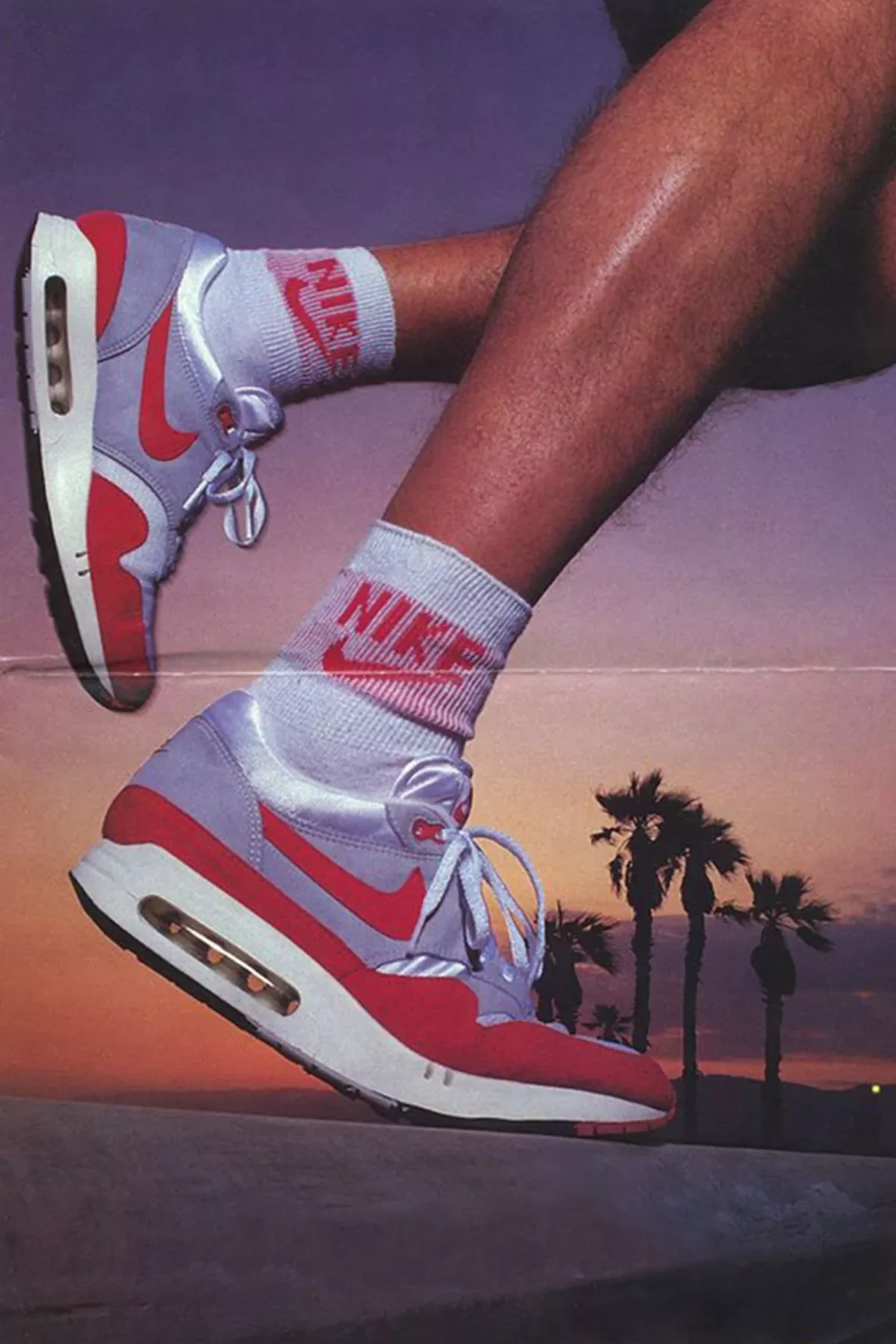
Fast track over three decades, and the Air Max 1 has this timeless appeal, sticking around because it’s just that good. You got different materials and colorways thrown into the mix over the years, but the sneaker always stays true to its roots—comfy, stylish, and daring to show off its tech. It’s not just a shoe; it’s the cornerstone of Air Max innovation and sneaker culture as we know it. Without it, who knows where sneakers would be today?
Nike Air Max 90: Revolutionizing Design and Comfort
The Nike Air Max 90 is not just a shoe, it’s a bold statement in the sneaker world. When it hit the streets in 1990, it changed the game — this was no ordinary runner. Look closer, and you’ll see the chunky silhouette, the pops of vivid color, and that iconic visible Air unit in the heel.
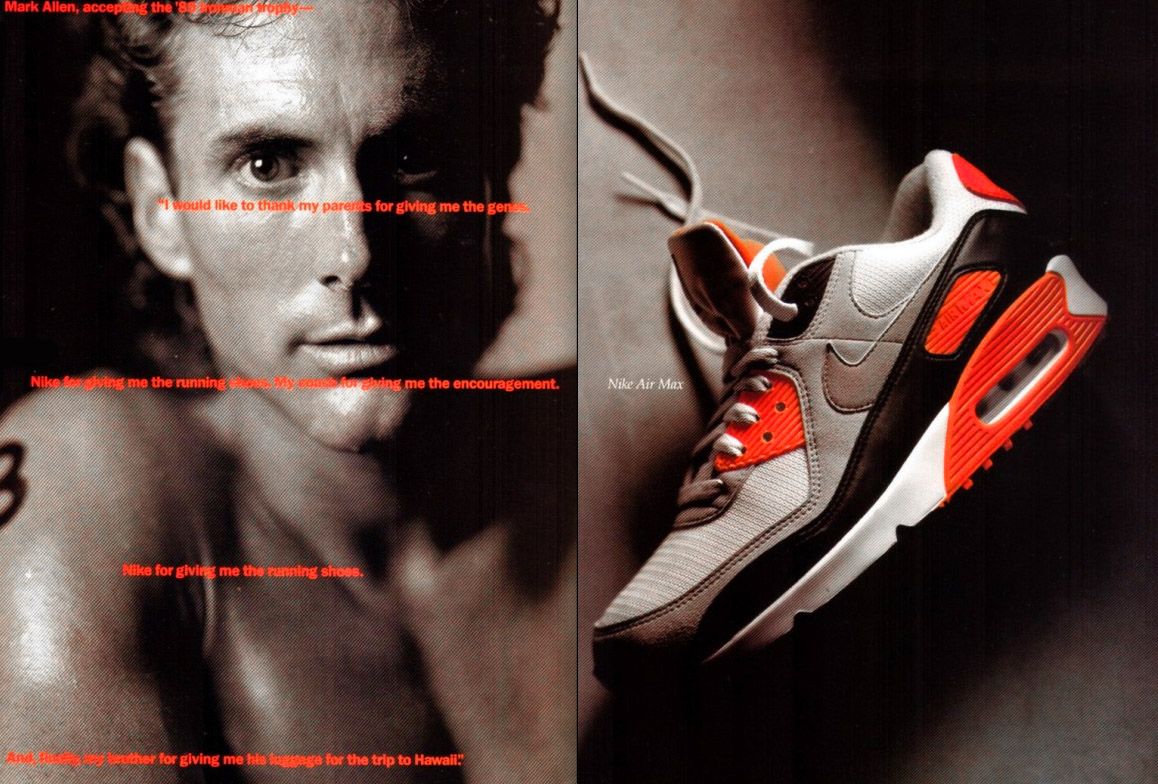
It’s like walking on air! But hey, it wasn’t just about looks. It wrapped your foot in comfort that lasted all day. Sneakerheads and casual fans alike couldn’t get enough. The Air Max 90 sparked a revolution that’s still going strong three decades later, proving that when you blend design with comfort, you’ve got a legend on your hands.
Nike Air Max 95: A Bold Move in Sneaker Aesthetics
The Nike Air Max 95 stood out when it hit the streets. With its unique design, it made heads turn and marked a bold shift in sneaker aesthetics. Designer Sergio Lozano drew inspiration from the human anatomy, giving the 95 a spine-like midsole, ribs of layered material, and flesh-like mesh.
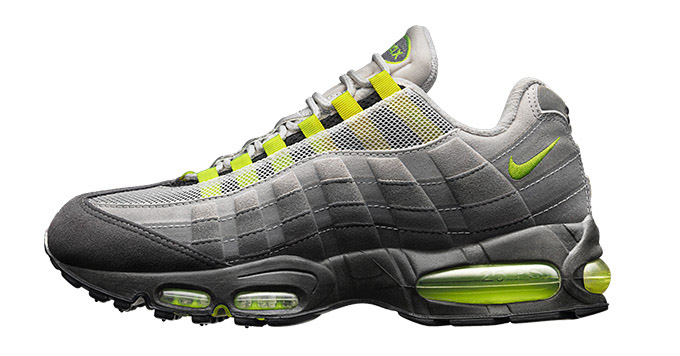
This shoe wasn’t afraid to show off its tech either – those visible Air units in the forefoot were a first, defying the subtle style of earlier models. It’s not just about looks; the Air Max 95 nailed comfort too, making it an instant hit. Whether you’re a collector or just looking for a classic kick with a story, the 95’s got legacy on its side. And let’s be real: that bold choice to spotlight sneaker tech? It changed the game for what footwear could be.
Nike Air Max 97: Sleek Innovation with a Full-Length Air Unit
When Nike dropped the Air Max 97, it wasn’t just another shoe; it shook the sneaker world. Designed by Christian Tresser, this model took inspiration from Japan’s bullet trains, boasting a sleek, futuristic look that was impossible to ignore. The Air Max 97 stood out because it was the first to house a full-length Air unit, running heel to toe, promising unparalleled comfort and cushion.
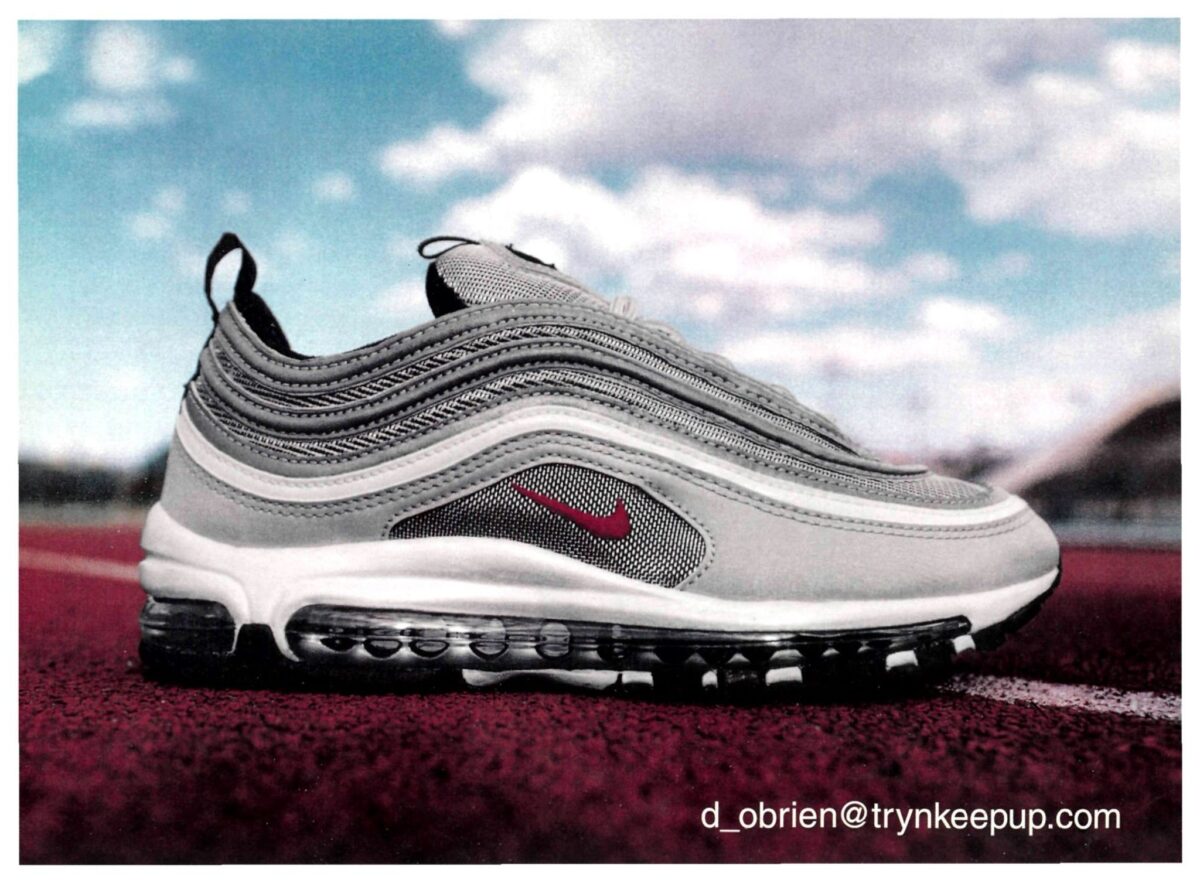
Even now, the 97s iconic design stays fresh, influencing shoe styles decades later. Its waves on the upper reflect a need for speed and movement, while its reflective piping turns heads day and night. This isn’t just a shoe; it’s a piece of history that continues to define what cool looks like on your feet.
Nike Air Max 270: Merging Lifestyle and Performance
The Air Max 270 isn’t just any shoe; it’s a true hybrid that blurs the lines between everyday comfort and athletic performance. Picture this: a sneaker that feels just right whether you’re hitting the gym or hitting the streets. The 270’s boasting point is its super-sized air unit—the tallest Nike has ever put in a heel. It’s like walking on air, literally. This isn’t just for show either; that big air bubble gives you a plush ride, making every step feel like a mini trampoline party for your feet. And let’s talk style. The 270s come in a lineup of killer colorways, fitting right in with any outfit of the day. It checks off all the boxes for sneakerheads and casual wearers alike, offering a taste of performance while keeping things sleek for daily wear. The 270’s impact on sneaker culture can’t be ignored; it’s a stand-out mediator between looking cool and feeling comfortable, and it’s done it with a flair that only Nike can deliver.
The Evolution of Nike Air Max Technology Over the Years
Nike Air Max technology has continually pushed the boundaries of sneaker design since its inception in 1987. The original Air Max 1, with its small air bubble visible in the heel, was a revolutionary step, showing the world that sneaker comfort could be seen and felt. This creation was the brainchild of Tinker Hatfield, inspired by the Pompidou Centre in Paris. By revealing the insides, Hatfield changed sneaker game, marking a pivotal moment in sneaker culture.
As years rolled by, the air bubble grew, and so did the ambition. The Air Max 90 brought a larger air unit, further enhancing cushioning. By the time the Air Max 95 came along, not only had the air bubble become bigger, but it was also present in the forefoot area. This model boasted a design that mimicked the human anatomy, with ribs and vertebrae-like patterns that attracted both athletes and fashion enthusiasts.
In 1997, the Air Max 97 made a splash with a full-length air bubble, enhancing the bounce with every step and providing unparalleled comfort. This model shimmered with a sleek, metallic design that echoed the look of a bullet train, racing ahead both in technology and style.
The transition into the new millennium brought the Air Max 360, featuring a full 360-degree air bubble, a daring step that eliminated the need for midsole foam. This leap forward allowed for an air cushioning system enveloping the entirety of the foot, a design that screams both innovation and comfort.
Each iteration of Nike’s Air Max has not only offered advancements in cushioning and comfort but has also been a mirror to the era’s culture and style, influencing the landscape of both sportswear and street fashion. The Air Max line shows no signs of slowing down, as it continues to evolve with the latest technologies and design aesthetics, holding fast to its legacy as a symbol of innovation.
How Nike Air Max Influenced Sports and Streetwear
Nike Air Max didn’t just cushion your steps; it set the pace for how sports met the streets. Think about it—when Air Max rolled out, those visible bubbles weren’t just comfort, they screamed cool. And cool catches on. Athletes embraced the tech for its springy response; sneakerheads for its bold style. Air Max quickly became a symbol of street cred. You’d see them in gyms, on tracks, and at every corner of the urban jungle. They weren’t just shoes; they were a statement. Beyond the swoosh and air, they merged performance and swag. That was the Air Max influence – a blend of science and street that changed the game and the way we look at sneakers.
The Resale Market and Collector’s Appeal of Nike Air Max
The Nike Air Max isn’t just a shoe you wear; it’s an investors’ favorite as well. Sneakerheads worldwide hunt for the most iconic Air Max models, often willing to pay top dollar on the resale market. This is because some Air Maxes, especially limited editions or collaborations, tend to skyrocket in value over time. Ever wonder why? It’s that sweet mix of rarity, historical moments tied to the shoe, and cultural clout. So, if you’ve got a rare pair in your closet, keep them pristine. You might be sitting on a small fortune as collectors are always on the prowl for those elusive, must-have kicks. This collector’s appeal has also pumped up the resale market, making platforms like StockX and GOAT bustling sneaker stock markets. And remember, with high demand, the resale game could earn you more than you expect, especially for vintage or mint condition Air Maxes.
Recap of the Greatest Nike Air Max Models and Their Ongoing Legacy
Nike Air Max shoes aren’t just sneakers; they’re symbols of street style and athletic performance rolled into one. Each model that hits the streets isn’t just about a fresh look; it’s also about pushing the envelope of what’s technically possible. From the Air Max 1 that started it all, with its window to the soul — a window to its air cushioning — to the Air Max 95, which mimicked the human spine’s design, these shoes have set benchmarks. They introduce innovations, like the first-ever forefoot air bubble in the Air Max 97, that resonate with both athletes and fashion enthusiasts alike. Their legacy? It’s a mix of continuous improvement and staying true to the roots that make each model a cultural icon. Collectors chase after them, communities embrace them, and every release sparks a conversation. The Air Max line isn’t just a product; it’s a cultural phenomenon that keeps the sneaker game on its toes. They’ve been around for decades, yet they still lead the pack — that’s the mark of a true sneaker legend.
